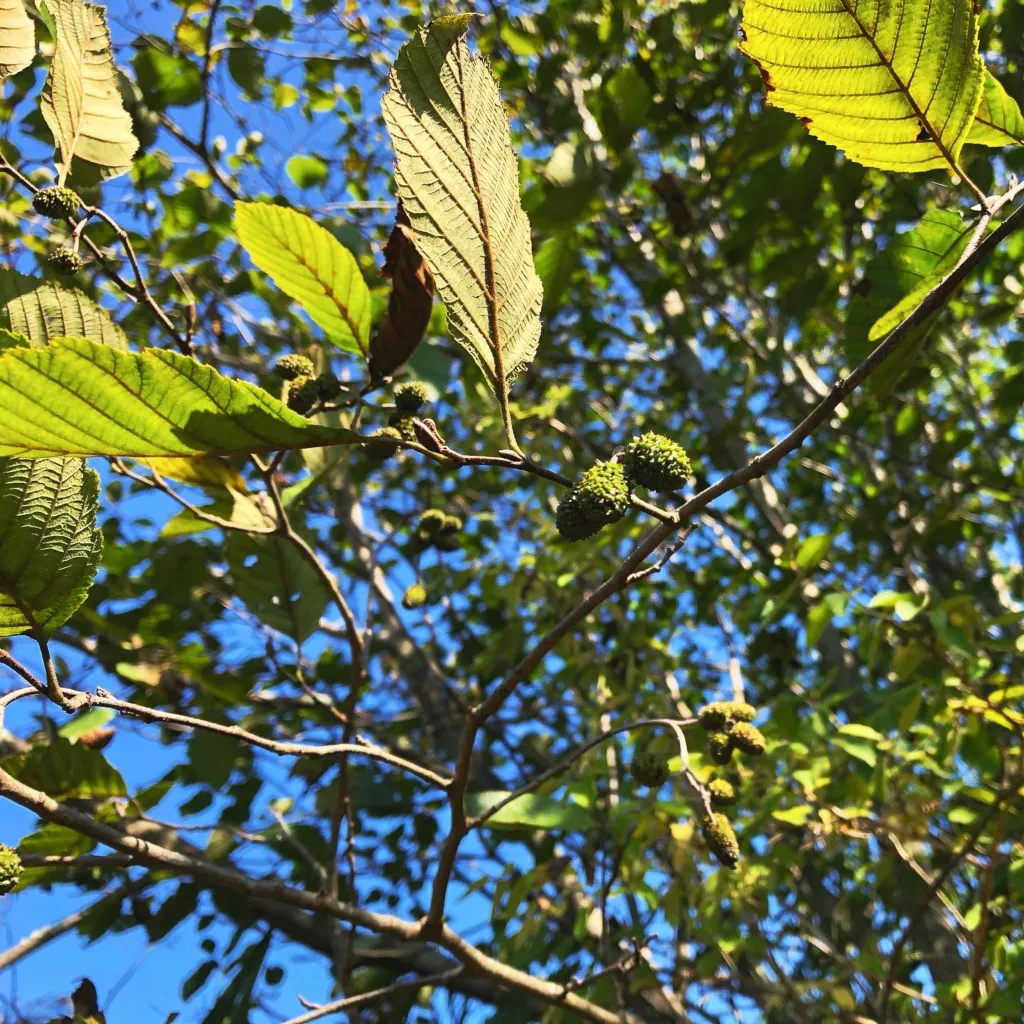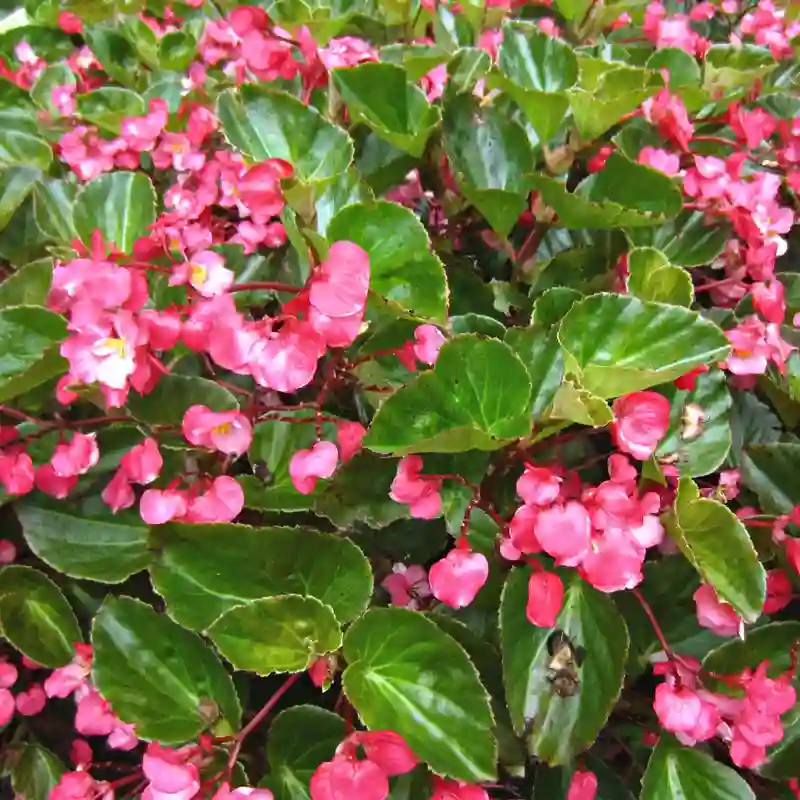The Enchanting Osmunda Regalis: A Gardener’s Guide
For years, I’ve been captivated by ferns. Their graceful fronds and ability to thrive in shady corners of the garden hold a certain charm. But none have stolen my heart quite like the Osmunda regalis, also known as the Royal Fern. This majestic fern adds a touch of elegance and prehistoric wonder to any space.
Over the years of cultivating this beauty, I’ve learned a lot about its needs and quirks. Today, I want to share my experience and answer some of the most common questions people have about the Osmunda regalis.
Can Osmunda regalis be in ponds?
While the Royal Fern enjoys moist conditions, it’s not quite a water fern. Submerging it entirely would likely lead to rot. However, it can thrive near the edge of a pond, adding a lush, green touch and benefiting from the constant moisture.
Do Deer Eat Osmunda regalis?
This is good news for gardeners like me who battle deer invasions! Osmunda regalis boasts a reputation for being deer resistant. The coarse texture and potentially unpalatable compounds deter these herbivores, making it a safe choice for gardens prone to deer nibbling.
How to Grow Osmunda regalis?
Growing Osmunda regalis is a rewarding experience. Here’s what I’ve learned:
- Location: Pick a spot that offers dappled shade or part shade. Direct sun can scorch the fronds.
- Soil: Mimic its natural habitat by providing moist, well-draining soil rich in organic matter. Amending the soil with compost or aged manure can create the perfect growing medium.
- Watering: Consistency is key. Aim to keep the soil evenly moist, especially during dry spells.
- Fertilizer: While not strictly necessary, a light feeding of balanced fertilizer in spring can give your Royal Fern a boost.
Is Osmunda Regalis Edible?
This is a question I get surprisingly often. While some ferns are edible, Osmunda regalis is not one of them. In fact, some parts might be mildly toxic. It’s best to admire its beauty and leave it for the birds and insects to enjoy.
Additional Tips for Growing Success
- Division: The Royal Fern can be propagated by division in spring. Carefully separate healthy sections with a sharp tool and replant them, ensuring they get enough moisture to establish.
- Winter Care: In colder climates, a layer of mulch around the base of the plant can offer protection from harsh winter freezes.
- Container Growing: While primarily a groundcover plant, Osmunda regalis can also be grown in containers on patios or balconies as long as it receives adequate moisture and shade.
More Than Just a Pretty Face
The Osmunda regalis offers more than just visual intrigue. It’s a haven for beneficial insects like ladybugs and lacewings, which can help control pest populations in your garden. Additionally, its large fronds help trap dust and pollutants, contributing to cleaner air.
With its architectural form and easy-going nature, the Royal Fern is a fantastic addition to any shade garden. So, if you’re looking for a fern that adds a touch of grandeur and requires minimal fuss, the Osmunda regalis might just be your perfect match.
If i die, water my plants!



